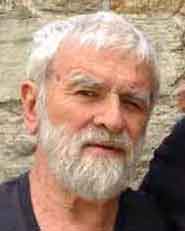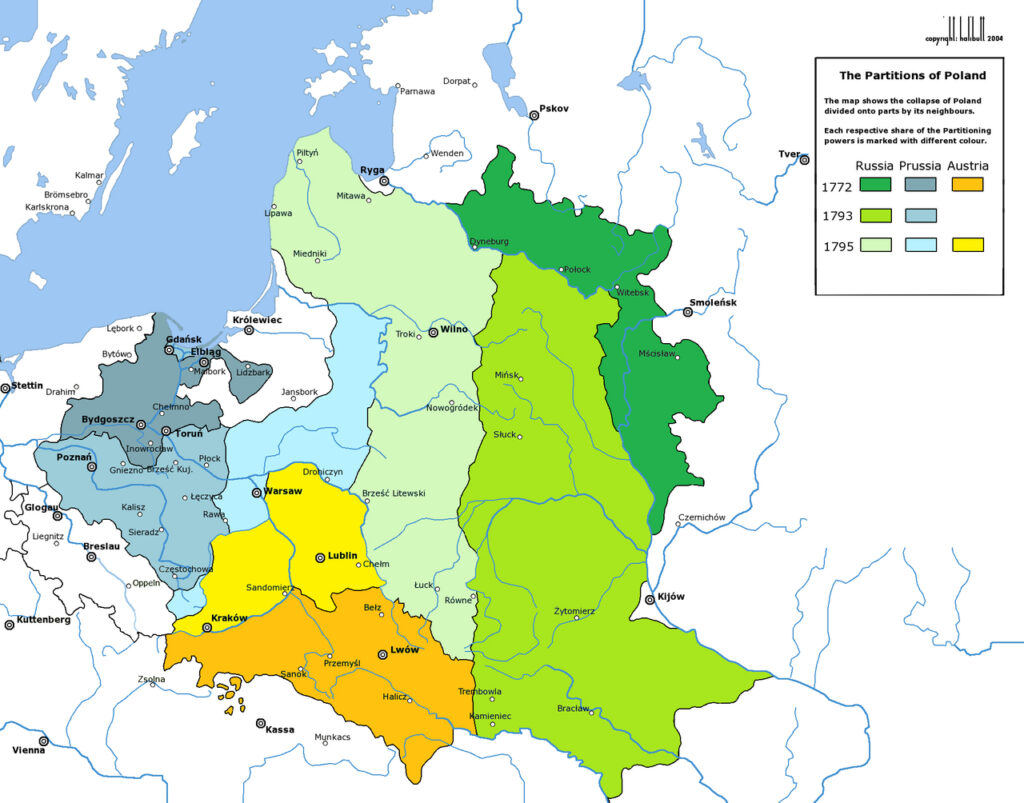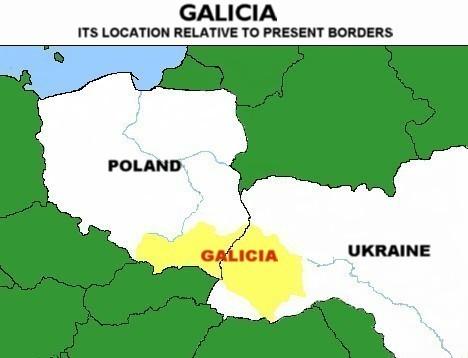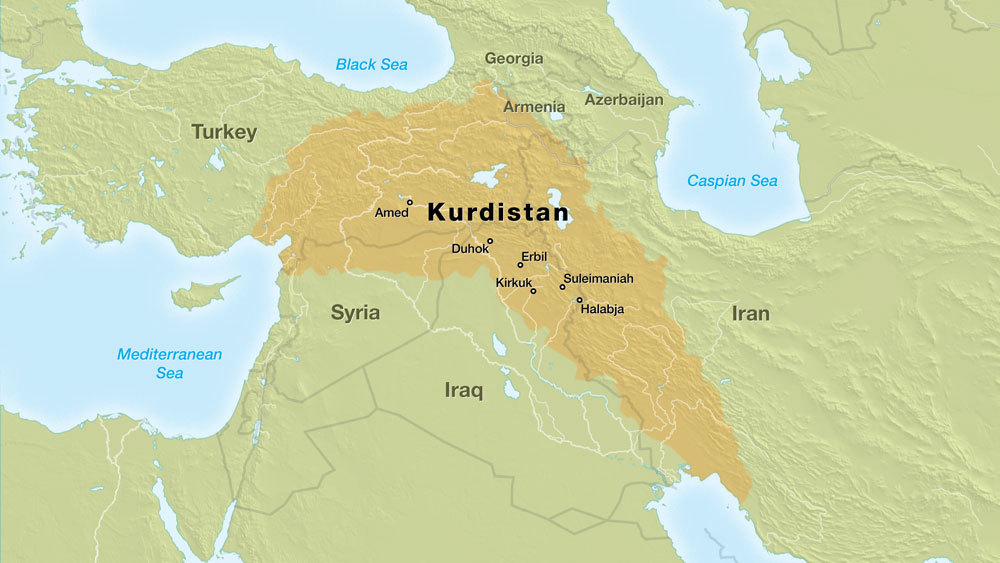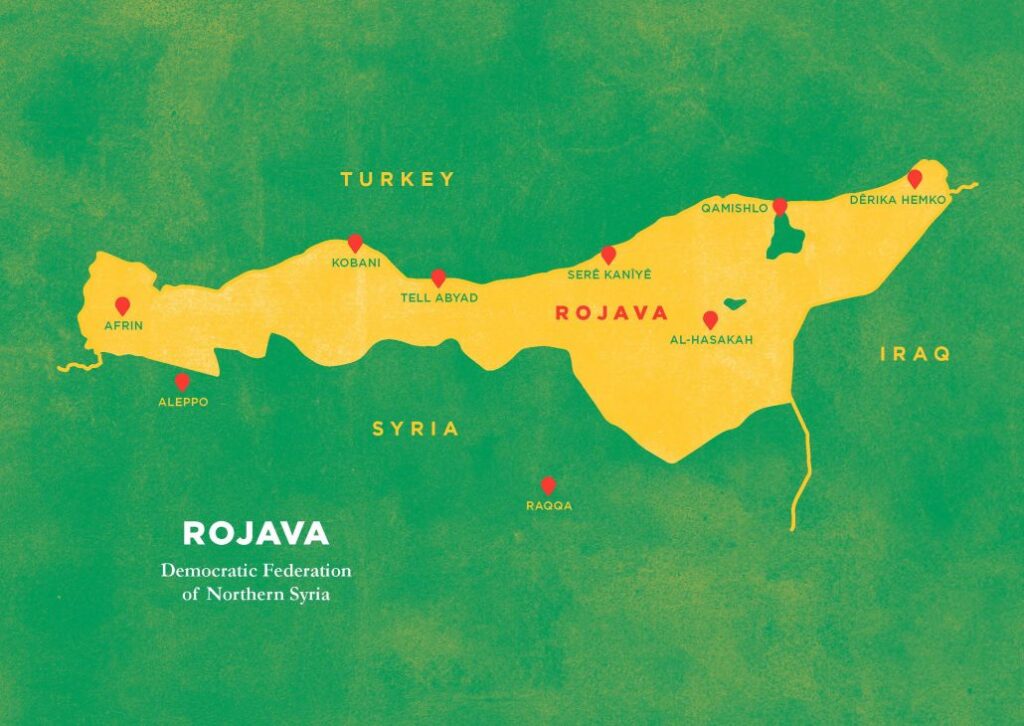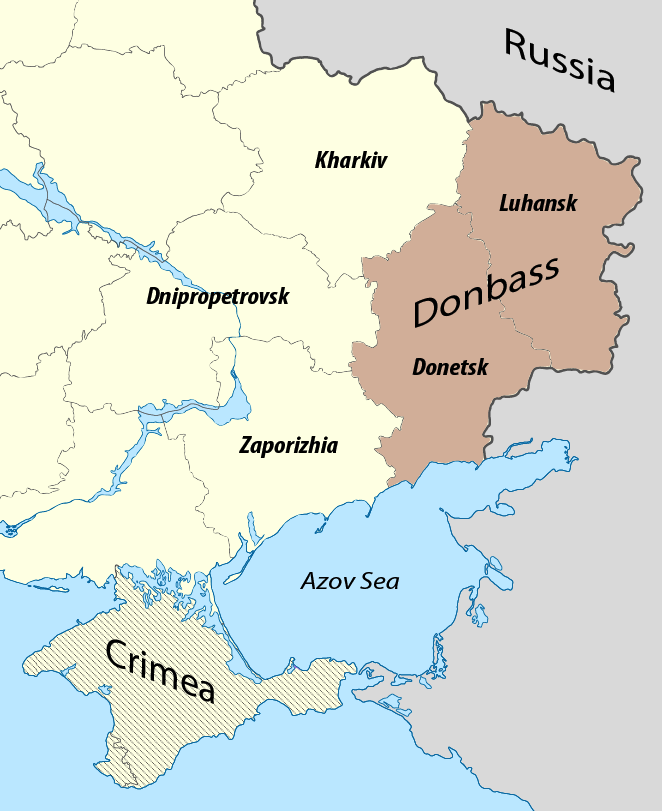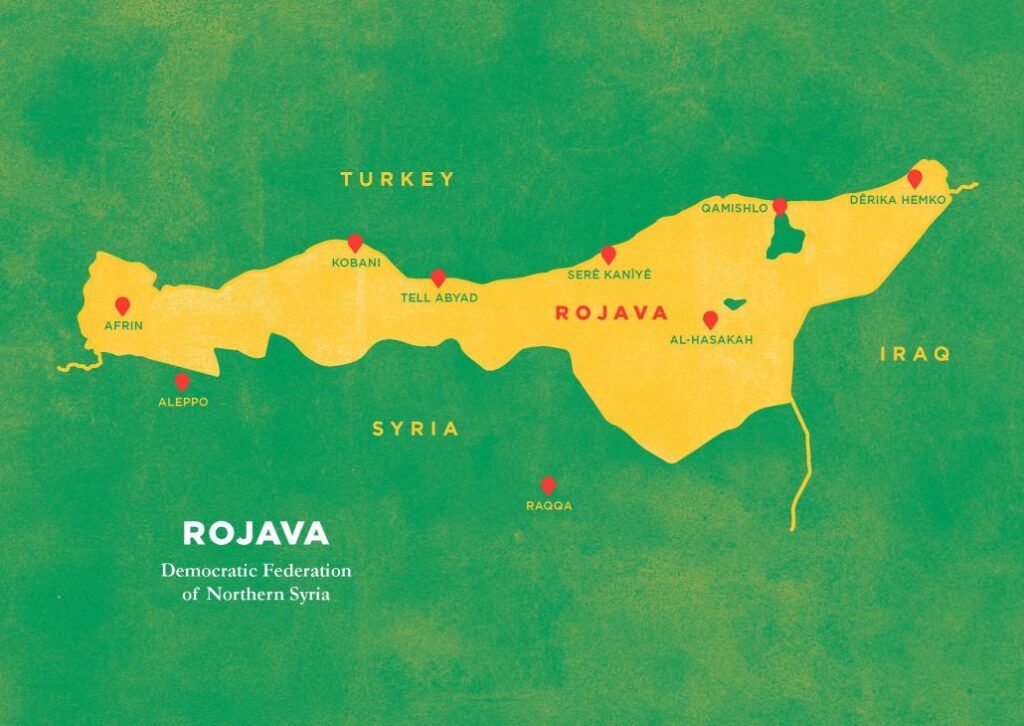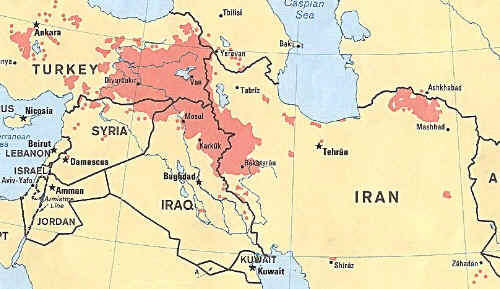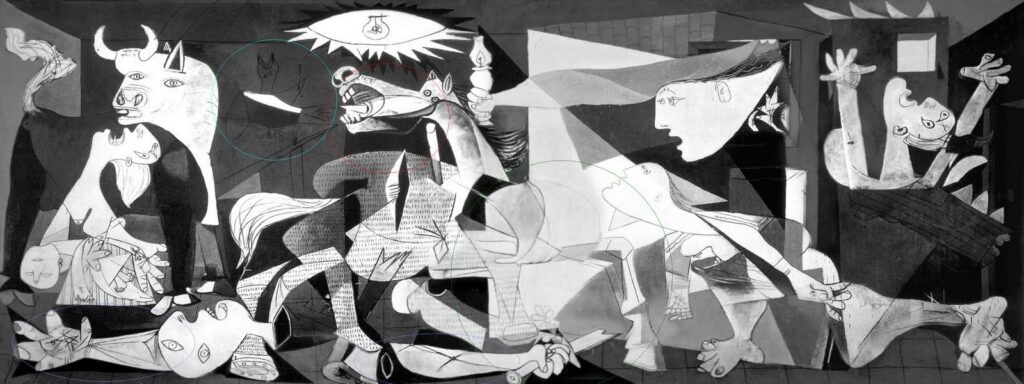When it comes to normative social issues, the matter is not that simple. By a “normative” issue, I mean some prescription of what should be done, rather than just a description or even an explanation of what is being done.
There are, of course, various recipes and procedures for using particular methods and tools for achieving particular goals. For example, there are prescriptions for using a hammer for the purpose of driving a nail, and a prescription for how to hold and use a hammer. I, myself, gave a prescription or recommendation to use the internet for getting information and a demonstration. You, of course, can get such information and demonstration from some live persons, or you could find some paper source.
But my concern is with the state of the social world. The fact that we are facing an ecological doomsday, the fact that there is war, genocide, protest, violence, a stark division of people into wealthy classes, poor, and desperate. These are problems for which I want solutions; if not a practical one, at least an ideal one. And I read and listen to people with their proposals, and to date I have formulated my own solutions to the extent that I have. But I do not rest content. I entertain the possibility that I may be wrong, and that others may have formulated better solutions. So I keep reading, listening, watching, searching.
If you have been reading my blogs, then you know where I stand so far.
However, I feel that I am not that well informed about the history of that vague thing called “socialism.” I mean I know that socialism was widely discussed from the early part of the nineteenth century, after the French Revolution (1789). But I wanted some comparative historical guidance about socialism. Don’t ask me how or when, but I stumbled on a book by Alexander Gray, The Socialist Tradition: Moses to Lenin, 1946. In some previous blogs I have expressed my dissatisfaction with the book, but still in all, it has a bibliography, an attempt at classification, and commentary. All this is helpful.
One thing that I noticed is that Gray is more concerned with “influence” than with the truth, coherence, feasibility, or value of an idea. The result is that in this book he views Marx as the most influential socialist writer. By “influence” he means the amount of literature devoted to examining his writings, and I suppose to how many people have heard of Marx and Marxism, and called themselves Marxist. And, in terms of this kind of “influence,” he is probably correct.
The result of this view of Marx is that a very important part of his chapter 11, is called “The Pre-Marxians.” And the reason he gives them this title is that they had some similar ideas to Marx, and, in fact, Marx learned from some of them and accepted some of their ideas.
Reading Gray’s exposition of these “pre-Marxians” was an eye-opener. I wanted to read them myself. And I took careful notice of Gray’s footnote #1 to his exposition of William Thomson: “[Anton] Menger, The Right to the Whole Produce of Labour, with introduction by H.S. Foxwell (1899).” But what grabbed my attention was the next sentence: “It was this volume that brought belated recognition to the members of this group.” Aha, so it was Anton Menger’s book which was the source of Gray’s knowledge of these “pre-Marxians.”
So, I have now read this book by Anton Menger. In a future blog I will make a critical assessment of this book. But here I simply want to express two thoughts.
1. After reading Menger’a book, it turns out that Menger has given a systematic examination of socialism from a juridical perspective which pales Gray’s approach by comparison.
2. My second observation is this. A current writer on a social topic is not necessarily better informed or a better thinker just because he has access to past writings. For example, Alexander Gray apparently read Menger, and learned the names and books of the English socialists, but as far as learning from Menger’s critical thought, he learned nothing — so it seems.
